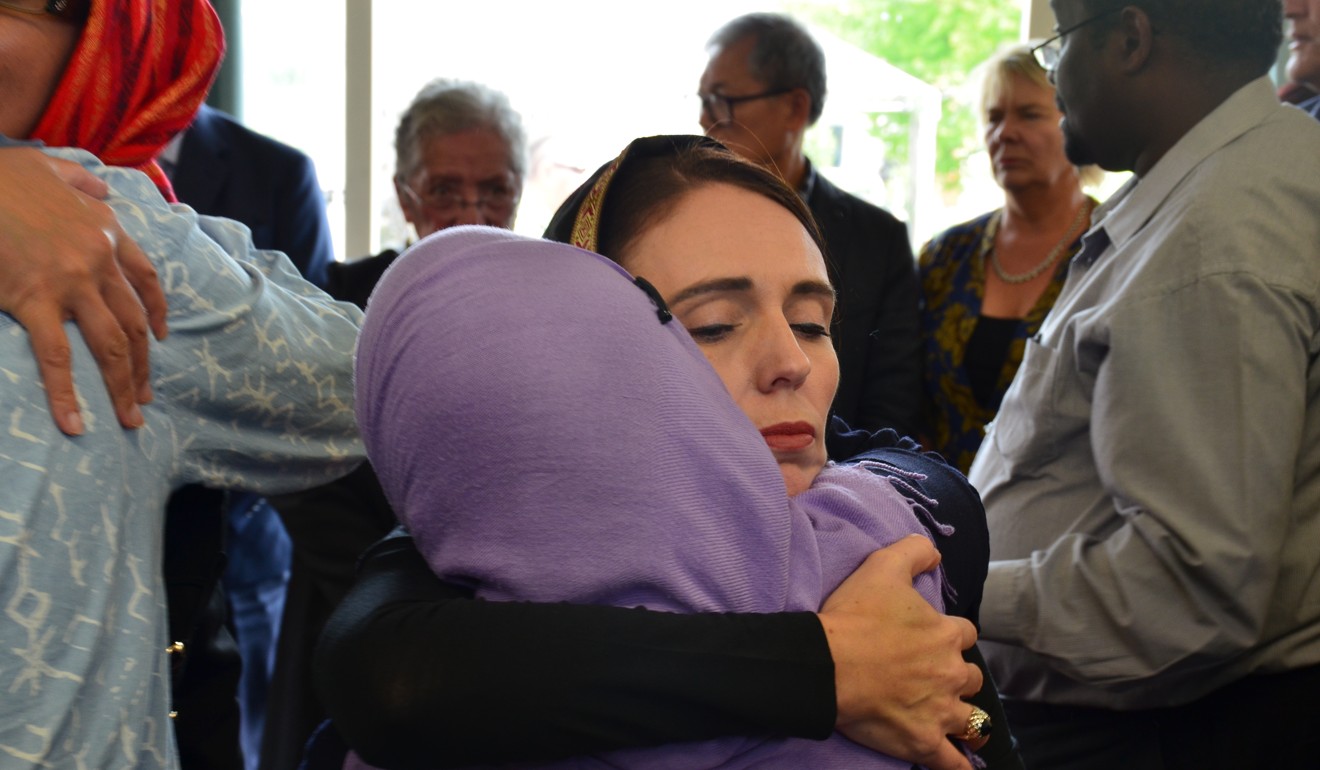
How European ideas motivated Christchurch killer
- The self-described ‘fascist’ may have picked up ideas during a trip to France in 2017

This story is published in a content partnership with POLITICO. It was originally reported by Nicholas Vinocur on politico.com on March 15, 2019.
Europe can’t turn a blind eye to the Christchurch killings.
Even though the attack happened on the other side of the world, the man who carried it out declared that he started his planning after a trip to France — inspired by ideas that have filtered into right-wing discourse across the European Union.
The links were on display in a 73-page manifesto that the white supremacist, who called himself Brendon Tarrant on Twitter, posted to explain why he had killed 49 Muslim worshippers during Friday prayers in Christchurch, New Zealand.
While much of the document is devoted to scoring points with fellow “shitposters” via racist memes and in-jokes from the 8chan message board, it’s also full of references to European events, figures and ideas — starting with its title.
The term “The Great Replacement” is drawn from a thesis published in 2011 by French right-wing intellectual Renaud Camus. As explained by its author, an openly gay former academic, its central idea is simple: “You have a people and almost at once, in one generation, you have in its place one or several other peoples,” he told Le Nouvel Obs a few years ago.

A book by Camus titled “Le Grand Remplacement” was a poor seller and remains so. But its central idea — that France’s white population was being replaced by Muslim immigrants arriving en masse from former colonies in North Africa — quickly gained prominence in right-wing circles.
Robert Ménard, a former press freedom activist turned far-right mayor of the southern town of Béziers, embraced it as an example of what was happening in his region. So did the right-wing polemicist Eric Zemmour, author of best-seller “Le Suicide Français,” and Alain Finkielkraut, a member of the Académie Française, the institution that guards the French language.
Demographers have dismissed the great replacement idea as racist and non-scientific. Yet the basic notion, which has its roots in racial science from the 1930s and anti-Semitic writing from the Nazi era, remains attractive to some thanks to its deceptive simplicity.
It’s highly likely that the Christchurch killer would have come into contact with the idea, if not the book itself, in the years leading up to his attack. According to his manifesto, the killer spent time in France in 2017, an election year during which hardline anti-immigration language was rampant on airwaves as well as the online communities in which he participated. The experience in France, and his exposure to “rumours” he’d read about Muslims, hardened his resolve to carry out the killings.
“For many years I had been hearing and reading of the invasion of France by non-whites, many of these rumours and stories I believed to be exaggerations, created to push a political narrative,” Tarrant wrote. “But once I arrived in France, I found the stories not only to be true, but profoundly understated. In every French city, in every French town the invaders were there.”
That sort of language echoed the tenor of far-right campaigning in 2017. While French far-right leader Marine Le Pen rejected the great replacement as a “conspiracy theory” in public, some of her allies, including her niece, Marion Maréchal Le Pen, were less categorical. A year before the election, the younger Le Pen attended a gathering at which Camus was the star guest, and she frequently touted the idea that France was at risk of losing its Christian identity to foreigners. The elder Le Pen — whom Tarrant branded a “quasi-nationalist,” not extreme enough in his view — edged steadily closer to that line as the campaign wore on, casting the election as a “civilizational choice” between pro- and anti-immigration forces.

It’s not clear how closely Tarrant followed the French election campaign, if at all. French authorities have yet to confirm his presence there. But the ideas at play — including the great replacement and its more extreme variant, “white genocide” — filtered out into the English-speaking online world and had become memes by the time of the election. In any case, he was affected by the outcome, with what he called Le Pen’s defeat by the “anti-white” politician Emmanuel Macron, and described the latter’s victory as a tipping point that led him to start planning for an attack when he got back to Australia.
For political scientist Jean-Yves Camus (no relation to the great replacement theorist), Tarrant is first and foremost a hardcore white supremacist, as suggested by his embrace of the 14-word pledge: “We must secure the existence of our people and a future for white children.” A vision of the world that proclaims white or Aryan people to be superior to other groups is more extreme than the ideas of Le Pen or even Camus, and spoke to the killer’s radicalization in dark corners of the web, said the analyst.
But there is no doubt the period in Europe filled up his ideological toolkit. Admiring references to British fascist Oswald Mosley, his worship of Norwegian mass-killer Anders Breivik and his description of himself as a “fascist” all point to an ideology that was forged in a European crucible, and an attack that responded to perceived circumstances in Europe.
“These are ideas that were born in France but have traveled far and wide, and are now shaping the political discourse in much of Europe,” said Camus.